Manang is the main town of the upper valley of the same name and the last major settlement before crossing the Thorung La pass on the Annapurna Circuit. Elevation gains along the trail are such that it's usually recommended that trekkers spend at least two nights there to acclimatize before ascending further, ideally with day hikes into the hills around to help with that adjustment to altitude. Manang is situated at 3,540 meters (about 11,800 feet) so already quite high up.
I had planned for two nights and one full day around Manang
. After talking with people along the trail I was considering following my stay there with a detour to Tilicho Lake on the way to the pass since I had given myself plenty of time for the trek. Tilicho Lake is said to be the world’s highest lake at over 15,000 feet elevation and involves a three day trip from Manang.
On my first day I wandered around the stone town of Manang, which seemed fairly deserted for a place that’s supposed to have over 1,000 residents, and then walked a short distance on the trail to Tilicho Lake. I backtracked to Manang, crossed the valley, and walked up to Gangapurna Lake at the base of the Gangapurna Glacier which comes down from the peak of the same name. The Annapurna area is said to have some of the largest and lowest glaciers in the central Himalayas, something resulting from an especially wet climate on the peaks and windward (southern) sides of the range. The heavy precipitation results from there being a gap in the Middle Hills of central Nepal around Pokhara and the Annapurnas, enabling the area to get the full force of the monsoon rather than much of the precipitation falling on the first lower range to the south
. You wouldn’t guess it, though, in arid Manang in the rain shadow of the Annapurnas.
It was then up about a thousand feet or so of steep switchbacks along the glacial moraine to the Chongsar viewpoint for an even better view of the glacier, peaks, and valley. I got back to town and had lunch while watching a storm blow into the valley. It soon started raining heavily, a rain that changed to a heavy wet snow that continued into the night.
There’s a clinic in Manang staffed by foreign (mostly American) doctors who also give a daily talk for trekkers on Acute Mountain Sickness and acclimatizing for higher elevations. Since it was raining I figured I’d attend and maybe I’d learn something new. By and large I found the talk to be pretty useless and didn’t learn much I didn’t already know. My most significant question was whether they recommended staying at Thorung Phedi or Thorung High Camp on the last night before crossing the pass; some guidebooks say Thorung High Camp is risky for getting altitude sickness, but on the other hand, staying lower at Thorung Phedi makes the climb on the day of the pass much greater
. Their answer was that they don’t like to give a recommendation because it makes the guest house owners angry if they suggest one of the other.
The useful bit of info I did acquire was that Diamox, the drug to take to help in acclimatizing to high altitudes, should not be taken with aspirin since they work in similar ways which intensifies the effects of the Diamox. So, I guess it will be Ibuprofen for the next few days instead of aspirin.
I woke up the next morning to clearing skies but a couple inches of snow on the ground and decided to take a second acclimatization day in and around Manang. I took a short trip down the valley to Braka village to the gompa (monastery) there and then to Bodzo Gompa on a hill between the two towns. Manang has two makeshift movie theaters on its main drag. I had a good enough time seeing the location appropriate "Seven Years in Tibet" the night before to see “Into Thin Air” on my second day in Manang.
Annapurna Trek V - Acclimatization Around Manang
Thursday, April 17, 2014
 Manang, Nepal
Manang, Nepal
Other Entries
-
60Negombo - The Rome of Sri Lanka
Mar 1533 days prior Negombo, Sri Lankaphoto_camera40videocam 0comment 0
Negombo, Sri Lankaphoto_camera40videocam 0comment 0 -
61Wilpattu - Leopard Spotting
Mar 1731 days prior Wilpattu National Park, Sri Lankaphoto_camera29videocam 0comment 0
Wilpattu National Park, Sri Lankaphoto_camera29videocam 0comment 0 -
62Arunadhapura - Ruins of Sri Lanka's First Capital
Mar 1830 days prior Anuradhapura, Sri Lankaphoto_camera40videocam 0comment 0
Anuradhapura, Sri Lankaphoto_camera40videocam 0comment 0 -
63Dambulla - Buddhist Mountaintop Cave Temples
Mar 1929 days prior Dambulla, Sri Lankaphoto_camera29videocam 0comment 0
Dambulla, Sri Lankaphoto_camera29videocam 0comment 0 -
64Polonnaruwa - Anicent Ruins & Elephant Safari
Mar 2028 days prior Polonnaruwa, Sri Lankaphoto_camera46videocam 0comment 0
Polonnaruwa, Sri Lankaphoto_camera46videocam 0comment 0 -
65Sigiriya - Sri Lanka's Rock Top Fortress
Mar 2127 days prior Sigiriya, Sri Lankaphoto_camera25videocam 0comment 0
Sigiriya, Sri Lankaphoto_camera25videocam 0comment 0 -
66Kandy - Sri Lankan Cultural Capital
Mar 2226 days prior Kandy, Sri Lankaphoto_camera74videocam 0comment 0
Kandy, Sri Lankaphoto_camera74videocam 0comment 0 -
67Adams Peak - Where Adam Landed on Earth
Mar 2424 days prior Hatton, Sri Lankaphoto_camera33videocam 0comment 0
Hatton, Sri Lankaphoto_camera33videocam 0comment 0 -
68Sri Lanka Central Highlands - Tea Country
Mar 2523 days prior Bandarawela, Sri Lankaphoto_camera64videocam 0comment 0
Bandarawela, Sri Lankaphoto_camera64videocam 0comment 0 -
69Sri Lanka's South Coast - Colonial Galle & Beaches
Mar 2721 days prior Galle, Sri Lankaphoto_camera57videocam 0comment 0
Galle, Sri Lankaphoto_camera57videocam 0comment 0 -
70Colombo - Sri Lanka's Capital
Mar 2919 days prior Colombo, Sri Lankaphoto_camera36videocam 0comment 0
Colombo, Sri Lankaphoto_camera36videocam 0comment 0 -
71Male - Tiny Capital of the Maldives
Mar 3018 days prior Male, Maldivesphoto_camera62videocam 0comment 0
Male, Maldivesphoto_camera62videocam 0comment 0 -
72Maldives - Crusing Through Paradise on a Dhoni
Apr 0512 days prior Felidhoo, Maldivesphoto_camera99videocam 0comment 0
Felidhoo, Maldivesphoto_camera99videocam 0comment 0 -
73Annapurna Trek I - Lower Marshyangdi River Valley
Apr 116 days prior Bahundanda, Nepalphoto_camera86videocam 0comment 0
Bahundanda, Nepalphoto_camera86videocam 0comment 0 -
74Annapurna Trek II - Long Day to Chame
Apr 134 days prior Chame , Nepalphoto_camera43videocam 0comment 0
Chame , Nepalphoto_camera43videocam 0comment 0 -
75Annapurna Trek III - Medieval Upper Pisang
Apr 143 days prior Upper Pisang, Nepalphoto_camera102videocam 0comment 0
Upper Pisang, Nepalphoto_camera102videocam 0comment 0 -
76Annapurna Trek IV - High Road to Manang
Apr 152 days prior Manang, Nepalphoto_camera155videocam 0comment 0
Manang, Nepalphoto_camera155videocam 0comment 0 -
77Annapurna Trek V - Acclimatization Around Manang
Apr 17 Manang, Nepalphoto_camera110videocam 0comment 0
Manang, Nepalphoto_camera110videocam 0comment 0 -
78Annapurna Trek VI - Towards the Thorung La
Apr 192 days later Manang, Nepalphoto_camera84videocam 0comment 0
Manang, Nepalphoto_camera84videocam 0comment 0 -
79Annapurna Trek VII - Crossing the Thorung La
Apr 203 days later Muktinath, Nepalphoto_camera93videocam 0comment 0
Muktinath, Nepalphoto_camera93videocam 0comment 0 -
80Annapurna Trek VIII - Upper Kali Gandaki Valley
Apr 225 days later Jomsom, Nepalphoto_camera98videocam 0comment 0
Jomsom, Nepalphoto_camera98videocam 0comment 0 -
81Annapurna Trek IX - Lower Kali Gandaki Valley
Apr 247 days later Tatopani, Nepalphoto_camera88videocam 0comment 0
Tatopani, Nepalphoto_camera88videocam 0comment 0 -
82Annapurna Trek X - Over Poon Hill
Apr 2710 days later Ghorepani, Nepalphoto_camera59videocam 0comment 0
Ghorepani, Nepalphoto_camera59videocam 0comment 0 -
83Pokhara - Lakeside Trek Recovery
May 0215 days later Pokhara, Nepalphoto_camera41videocam 0comment 0
Pokhara, Nepalphoto_camera41videocam 0comment 0 -
84Last Resort - The Journey to Tibet Begins
May 1326 days later Kodari, Nepalphoto_camera31videocam 0comment 0
Kodari, Nepalphoto_camera31videocam 0comment 0 -
85Entering Tibet - Climbing to the Roof of the World
May 1730 days later Tingri, Chinaphoto_camera67videocam 0comment 0
Tingri, Chinaphoto_camera67videocam 0comment 0 -
86Everest Base Camp - Top of the World
May 1932 days later Everest Base Camp, Chinaphoto_camera70videocam 0comment 0
Everest Base Camp, Chinaphoto_camera70videocam 0comment 0 -
87To Everest Base Camp and Back
May 2033 days later Lhatse, Chinaphoto_camera61videocam 0comment 0
Lhatse, Chinaphoto_camera61videocam 0comment 0 -
88Shigatse - Monastery of the Panchen Lama
May 2235 days later Shigatse, Chinaphoto_camera120videocam 0comment 0
Shigatse, Chinaphoto_camera120videocam 0comment 0 -
89Gyangze - Hilltop Fortress and Monasteries
May 2336 days later Gyangze, Chinaphoto_camera62videocam 0comment 0
Gyangze, Chinaphoto_camera62videocam 0comment 0 -
90The Road to Lhasa
May 2437 days later Lungsang La, Chinaphoto_camera47videocam 0comment 0
Lungsang La, Chinaphoto_camera47videocam 0comment 0 -
91Lhasa - Capital of the Tibetan World
May 2538 days later Lhasa, Chinaphoto_camera128videocam 0comment 0
Lhasa, Chinaphoto_camera128videocam 0comment 0 -
92Lhasa Environs - Drepung and Sera Monasteries
May 2639 days later Lhasa, Chinaphoto_camera78videocam 0comment 0
Lhasa, Chinaphoto_camera78videocam 0comment 0 -
93Three Days Crossing the Roof of the World
May 2841 days later Amdo, Chinaphoto_camera90videocam 0comment 0
Amdo, Chinaphoto_camera90videocam 0comment 0 -
94Crossing Qinghai - The High Road to China
May 3144 days later Qinghai Hu, Chinaphoto_camera68videocam 0comment 0
Qinghai Hu, Chinaphoto_camera68videocam 0comment 0 -
95Lanzhou - Gigantic Capital of Gansu Province
Jun 0246 days later Lanzhou, Chinaphoto_camera75videocam 0comment 0
Lanzhou, Chinaphoto_camera75videocam 0comment 0

 Manang, Nepal
Manang, Nepal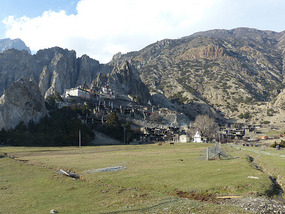
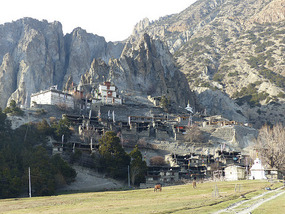
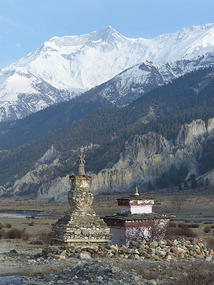




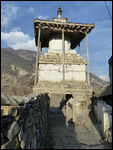
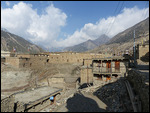
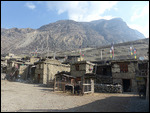
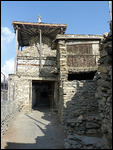
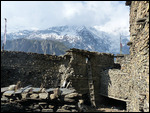
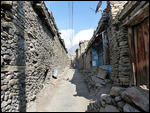
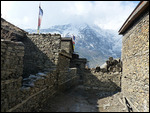
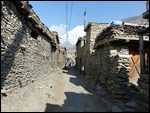
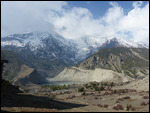
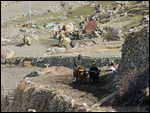


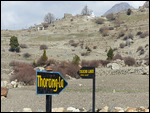

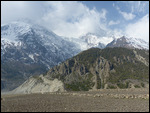
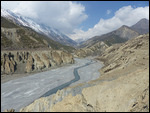
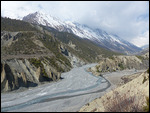
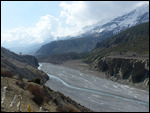
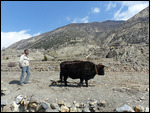
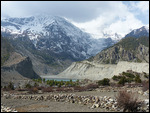
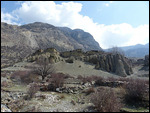
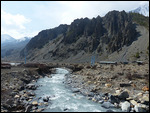
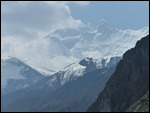
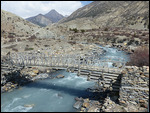
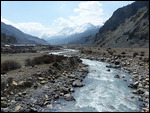
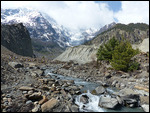
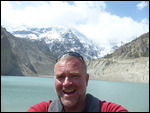
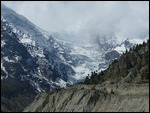
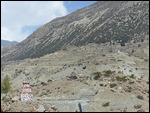


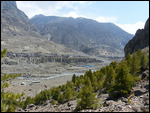
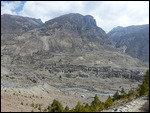
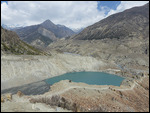
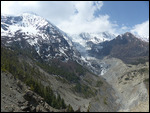
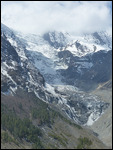
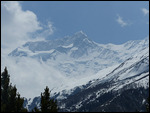
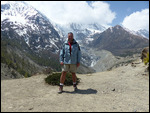
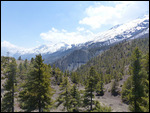

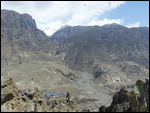
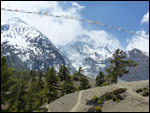
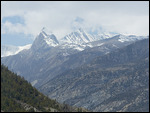
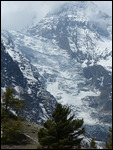
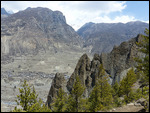

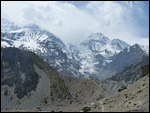
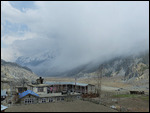
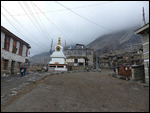
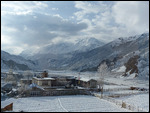
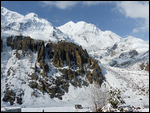
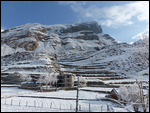
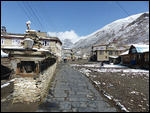
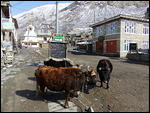

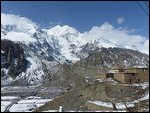
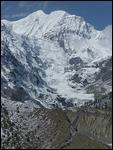

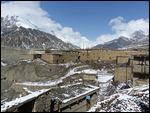
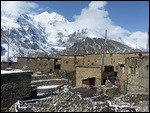
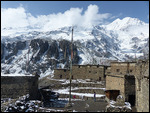
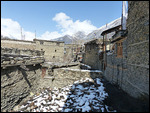
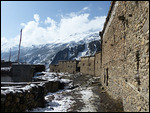
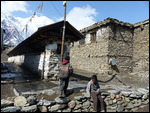
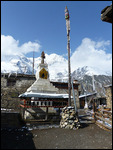
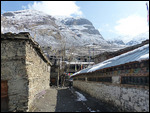
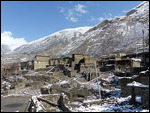
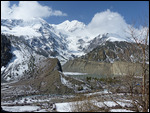
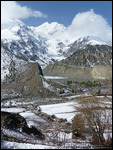
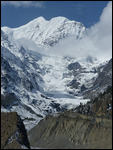
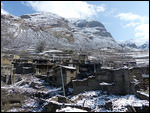
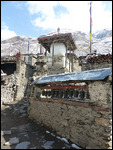
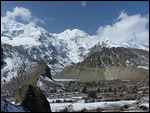
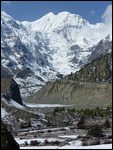
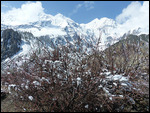
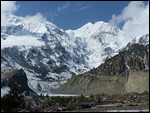
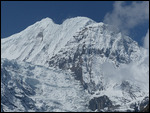
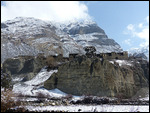
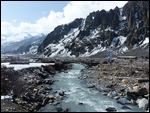
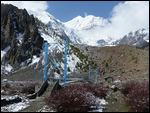
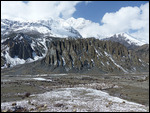
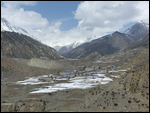
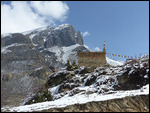
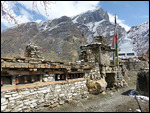
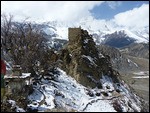

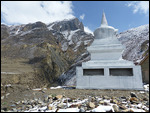
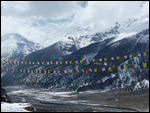

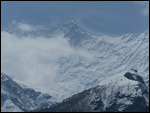
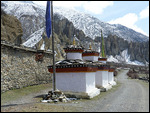
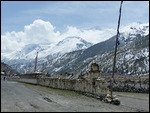
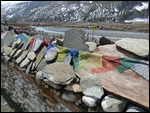
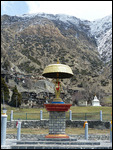
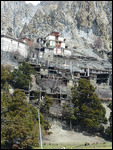
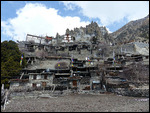
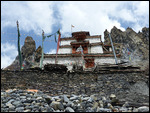
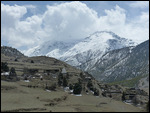
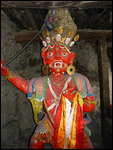
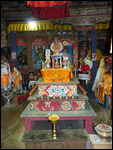

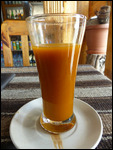

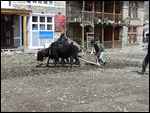
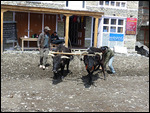
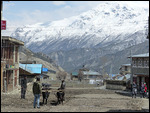
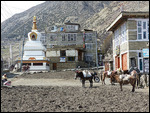
2025-05-22